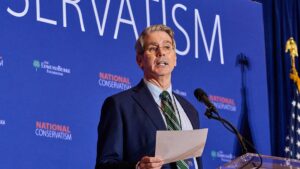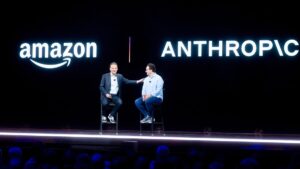I’ve always known I was donor-conceived. As an adult, it is something I take joy in – knowing the unique way I came to be born. Long gone are the days of being afraid that a schoolboy would tease me that the sperm donor my parents used only wanted a couple of quid in his pocket and a glance at some risque magazines.
Now, you can catch me boring old friends, strangers I meet in the smoking area, or even first dates about it; sharing with pride a vegan recipe my donor-sibling (dibling) has texted me or the holiday photos I’ve just received from my sperm donor.
Two years ago, I received a cryptic email from an unknown address that changed my life. The subject line was “Information” and the sender was the Human Fertilisation and Embryology Authority (HFEA) writing to tell me I had two donor siblings who had registered their interest in meeting family members on an official website. When I was 16, I’d discovered from HFEA that I had 14 donor half-siblings born over a period of five years, but I was surprised to hear that some of them now wanted to be in touch.
Despite initially feeling frogspawn-esque at this revelation, I found great belonging in my teenage years discovering donor connections. The news led me to take a DNA test on an ancestry website to see if I could track down other family members. When I received the results, I was stunned: “50% shared DNA, predicted relationship: parent/child. Paternal side.” I had found my sperm donor. Before then, I had never allowed myself to consider knowing more about my donor. I was born pre-2005, the year that marked a change in the law that allowed donor-conceived people who were born after 1 April 2005 to access identifiable information about their donors once they were 18. I was born in 2000 and I had always believed that my donor would remain a hidden figure, characterised only by the six pieces of information I was able to access from birth: height, skin colour, hair colour, eye colour, occupation and interests.
But now, complete donor anonymity is arguably a thing of the past; technological advances have allowed a growing movement of donor-conceived people to search for their biological roots. And the dramatic rise in the use of DNA testing kits, like the one I used, alongside the development of alternative routes to track down genetic connections, such as social media and online forums, has now inspired a change in the law again. This month, HFEA recommended updating the 33-year-old fertility law in the UK so that a donor’s right to anonymity be removed from birth for any donor-conceived person.
This marks a huge shift for the UK and one that is understandably contentious. Opinions vary among the 70,000 people donor-conceived in the UK since 1991; we are an incredibly diverse group with varying and changing levels of interest in our donor origins and include people whose donor origins may still remain a secret to them.
I welcome a new wave of donor-conception transparency and hope that others, if they should wish to, are also able to enjoy positive experiences connecting with their donors, like I have. It is a fundamental right for people to have the option to know who their biological relations are. For many, one’s own genetic ancestry is critical knowledge; it can anchor personal identities, provide important medical information and lead to rewarding relationships.
But the HFEA update fails to address some important complexities that affect donor-conceived families, as highlighted by the Donor Conception Network. The current age that donor-conceived children can find out if they have any “diblings” is set at 16. Will donor-conceived people now be able to find out about their diblings at a younger age? And, crucially, will donor-conceived children be required to consent to their parent’s application for identifiable information from their donor? This could be an important consideration to help ensure that any decision to find out more about a donor remains with the donor-conceived person.
Being donor-conceived can undoubtedly bring up complex emotions. When I was a teenager, I was racked with fears that my dad treated me differently to his biological children. My dad’s own concerns over the years have centred around imagining that a tall, intelligent, handsome man would inevitably come and sweep me away from my family. What is clear to me is that with this proposed change in the law, donor-conceived families must have access to the emotional support necessary for navigating these complex circumstances.
HFEA has recommended that mandatory counselling be offered to prospective donor parents and donors prior to treatment, but there should also be counselling for families in the process of discovering more about the donor. For me, it was during an incredibly useful HFEA counselling session before contacting one of my diblings that I faced the reality of my own emotional expectations of our contact. With greater transparency come greater opportunities for connection and complexity; openings that demand greater support for donor-conceived families.





